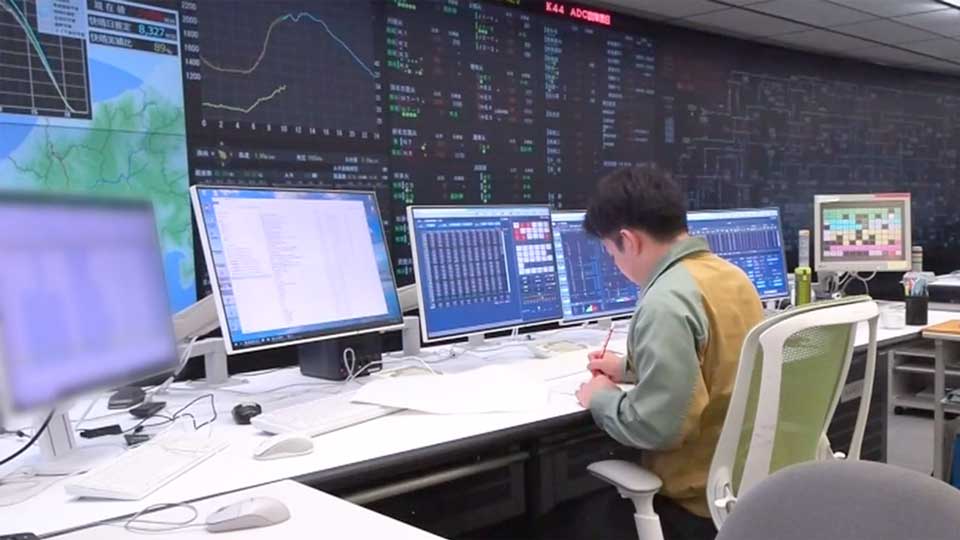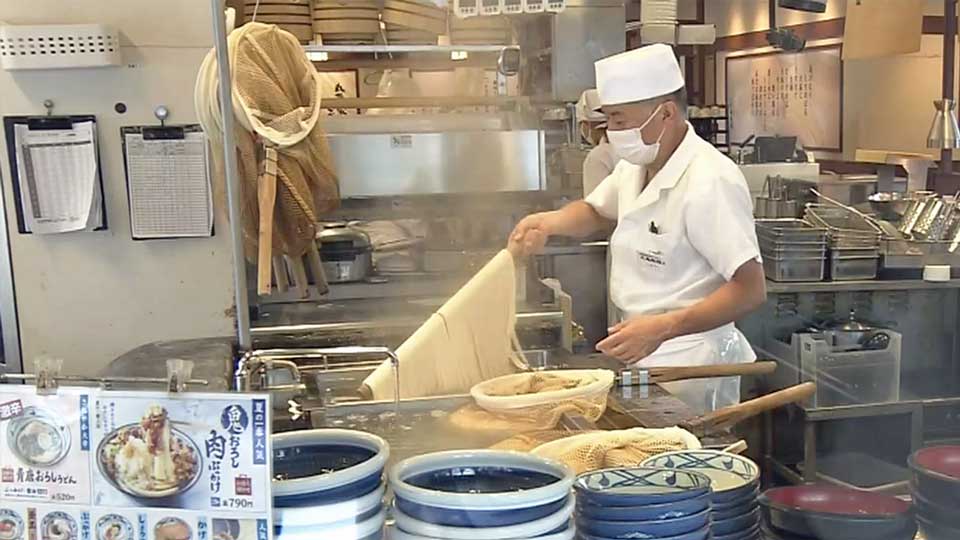Demand for electricity is also surging in other parts of the country.
NHK recently visited Chubu Electric Power Company, which operates in central Japan, to see how it's handling the power spike.
Supply and demand must be balanced to ensure power stability. Both shortages and excess amounts of electricity can trigger power outages.
Multiple power sources
Chubu Electric primarily uses thermal power to generate electricity. When demand rises, however, it also utilizes solar and hydroelectric power if necessary.

On one recent day that was forecast to be extremely hot, Chubu Electric's control center boosted the thermal power generation at 10:30 a.m. to ensure supply met demand.
Hydropower can produce electricity faster than thermal generation. So when temperatures exceeded 35 degrees Celsius in Aichi Prefecture and other areas, Chubu Electric added hydroelectric power at around 2 p.m. Around 3 p.m., it activated one more hydropower generator, and the day passed without a hitch.
Demand spikes after rainy season ends
Chubu Electric officials are confident the company can meet power demands this summer. But they say they can't let their guard down because disasters and power-plant problems remain a risk.
The head of Chubu Electric's control center said staff are always on the alert for signs of trouble. He added that demand for power spikes when the rainy season ends, so the control center increases the supply capacity accordingly.
Udon chain strives to save power
Marugame Udon, which operates more than 800 shops in Japan, has introduced an energy-saving noodle pot that automatically adjusts temperature and water volume.
About 30 percent of the electricity consumed at each store is used to boil noodles.

Prior to the introduction of the automatic boiling pot, Marugame workers adjusted the temperature of pots according to the amount of noodles. But during busy hours they kept the heat on maximum, which used more electricity than necessary.
Marugame says the introduction of the energy-efficient pot not only has cut power consumption by about 30 percent, but also improved the noodle quality.
Nearly one-third of Marugame's shops now have the energy-saving pots. The company is aiming for 100-percent implementation by fiscal 2028.
Oshita Kohei is head of sustainability promotion at Toridoll Holdings, which operates Marugame Udon. He says the move is not only good for the environment but also the company's bottom line. Adding that the restaurant industry can do much more to become energy efficient, he says he'll continue to make improvements.

